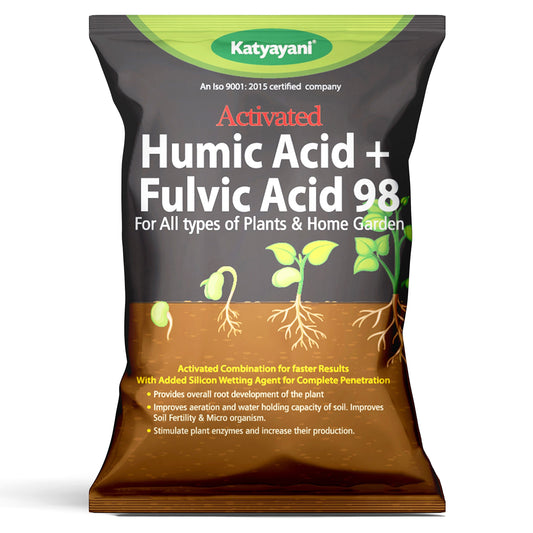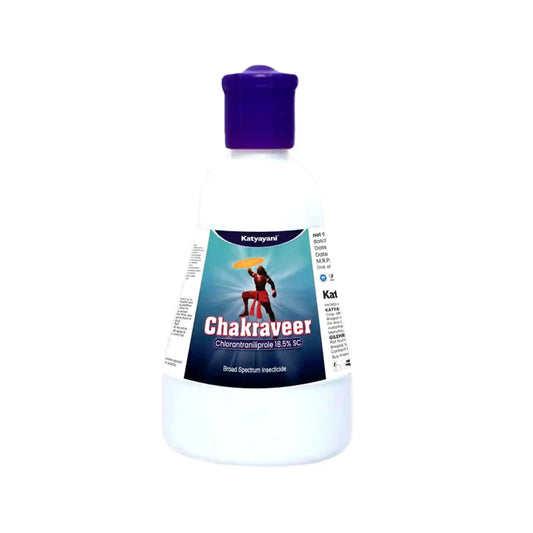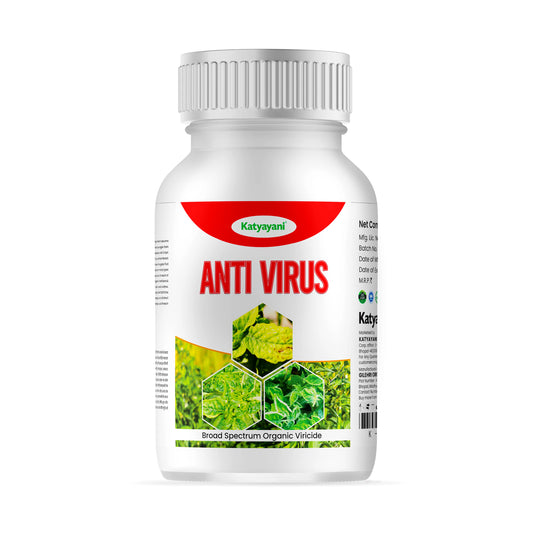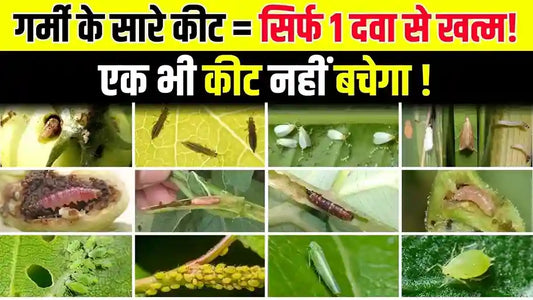The Fall Armyworm is a destructive pest that targets maize. Originally from the Americas, it has spread to Africa, Asia, and beyond. This pest feeds on maize leaves, stems, and cobs, causing severe damage to yields.

Fall armyworm in maize symptoms
- Small holes: Small worms feed on leaves, creating small holes or "window panes"
- Ragged leaves: Larger larvae consume more leaf tissue, causing leaves to appear ragged or torn
- Moist sawdust-like frass: Larvae leave behind moist sawdust-like frass near the funnel and upper leaves
- Damage to tassels and ears: Larvae may attack the tassels and/or ears of corn, causing ragged-edged holes
- Damage to the ear: The ear may be partly or totally destroyed
- Defoliation: FAW defoliation can be severe during the late pre-tassel stage.
Effects of fall army worm in maize Crops
If left uncontrolled, Fall Armyworm can reduce maize yields by 20-50% or more. The pest can:
- Destroy photosynthetic areas of leaves.
- Damage developing cobs, reducing grain quality.
- Cause financial losses for farmers due to reduced yields.
Fall armyworm control in maize
- Katyayani EMA 5 (Emamectin Benzoate 5 SG) - Dose - 100 gm /Acre
- Katyayani Chakraveer (Chlorantraniliprole 18.5% SC) - Dose - 50 - 60 gm /Acre
- Katyayani Chloda (Chlorantraniliprole 9.3% + Lambda Cyhalothrin 4.6% ZC) - Dose - 80 - 100 gm /Acre
Faqs Related to Fall Armyworm in Maize
1. What are the first signs of Fall Armyworm infestation?
A. Look for holes in leaves, frass, and larvae in the plant whorls
Q. Can Fall Armyworm spread to other crops?
A. Yes, it feeds on over 80 plant species, including sorghum and rice.
Q. How do I control Fall Armyworm organically?
A. Use natural predators, neem-based sprays, and intercropping techniques.
Q. When is the best time to apply pesticides?
A. Spray early in the morning or late in the evening when larvae are active
Q. Can I prevent Fall Armyworm altogether?
A. While you can't eliminate the risk, practices like crop rotation and regular monitoring greatly reduce infestation chances."





















